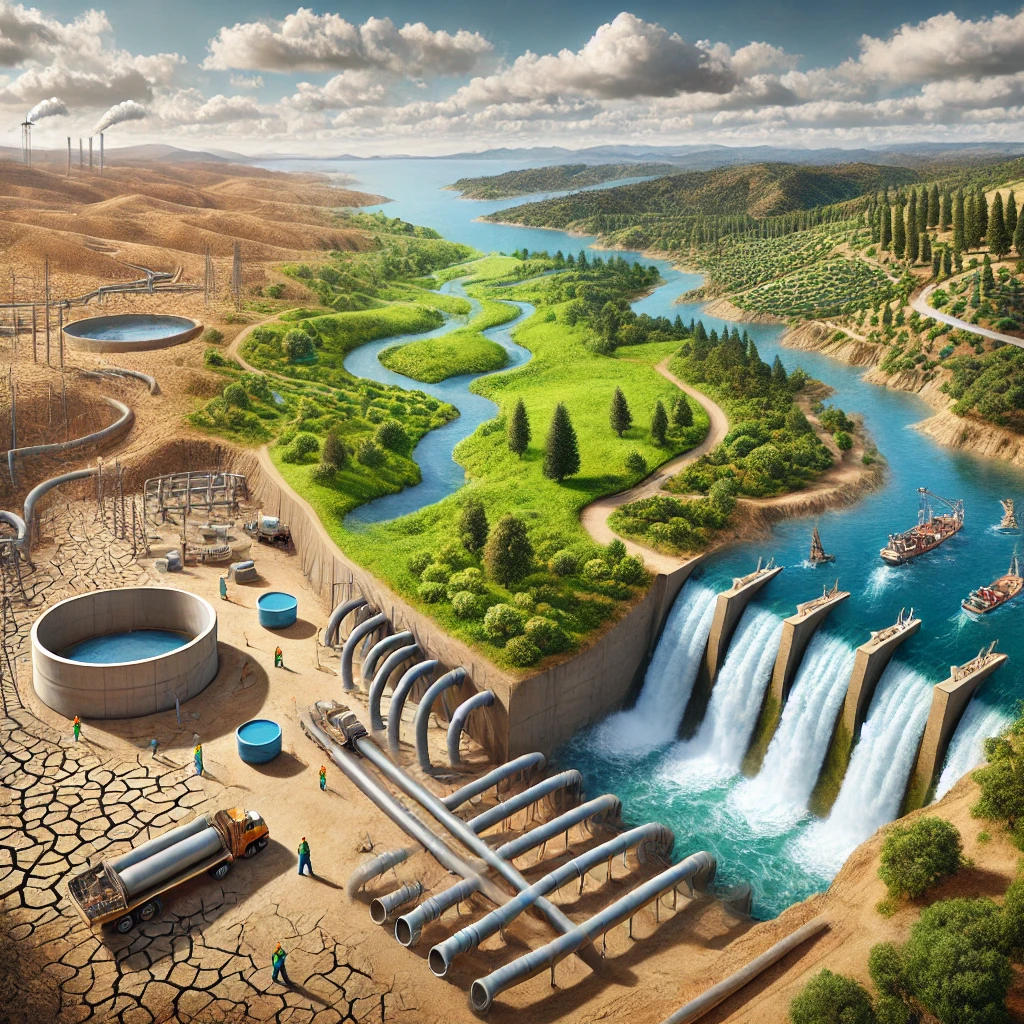- Drought emergency lifted in 19 counties, remains in 39.
- Groundwater challenges persist in many areas.
- State continues to prioritize long-term water resilience.
- Efforts include stormwater capture and groundwater recharge.
September 6, 2024 — On Wednesday, California Governor Gavin Newsom adjusted the state’s drought response , lifting the drought state of emergency for 19 counties while maintaining it in 39 others. This decision follows two wet winters that helped ease water shortages in some regions, though challenges remain in other parts of the state.
, lifting the drought state of emergency for 19 counties while maintaining it in 39 others. This decision follows two wet winters that helped ease water shortages in some regions, though challenges remain in other parts of the state.
The counties where the drought emergency has ended include coastal and desert areas such as Los Angeles, San Diego, and Riverside, home to 70% of California’s population. Despite these improvements, groundwater depletion and well failures continue to affect communities, especially in the Sacramento and San Joaquin River basins and other areas with significant water stress.
Governor Newsom also rolled back provisions of past executive orders that addressed both the drought and the severe flooding caused by the 2023 winter storms. These changes aim to align California’s water management strategies with current conditions while preserving the ability to respond to future dry spells.
“As this week’s weather makes clear, California and the West experience extreme weather swings that exacerbate our water challenges,” said Governor Newsom . “It’s more important than ever that we build a climate-resilient water system.”
. “It’s more important than ever that we build a climate-resilient water system.”
Long-Term Water Resilience Efforts.
Although conditions have improved in some areas, Governor Newsom emphasized that California is preparing for a hotter and drier future. Key initiatives under the state’s Water Resilience Portfolio include:
- Increasing groundwater recharge capacity by 500,000 acre-feet annually.
- Streamlining permits to fast-track groundwater recharge projects.
- Expanding stormwater capture through new infrastructure.
- Modernizing water conveyance systems, including the Delta Conveyance Project.
California remains focused on securing long-term water supplies as the state experiences more extreme weather patterns. These efforts will ensure the state can effectively manage its water resources in the coming years.


Leave a Reply